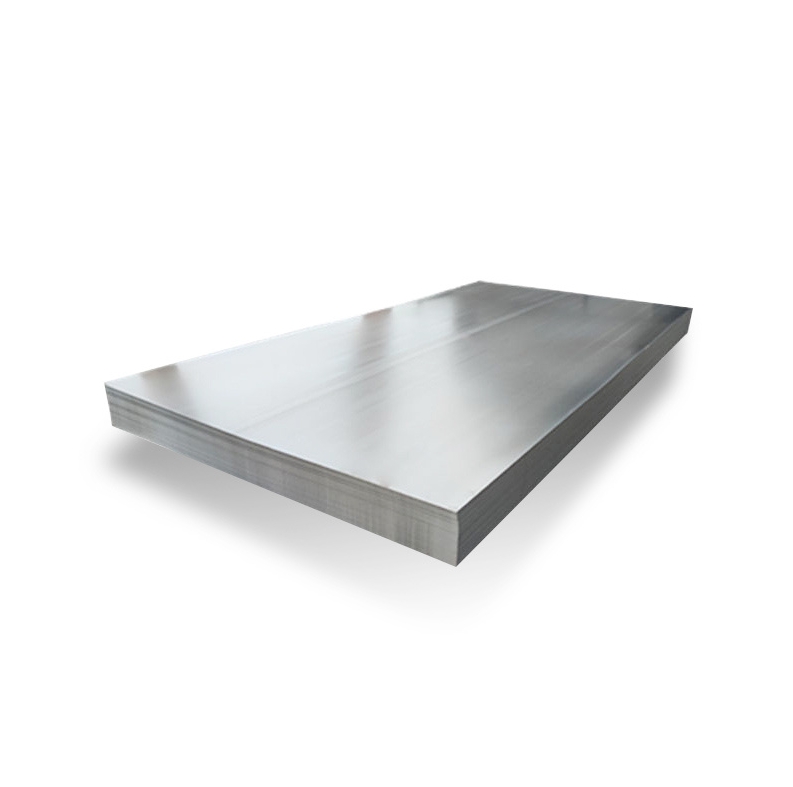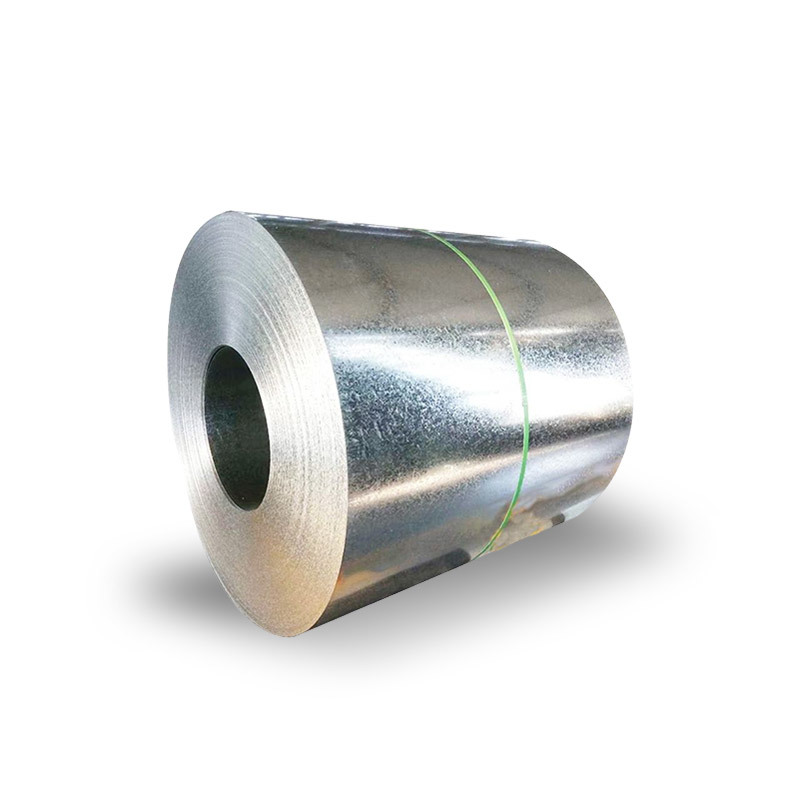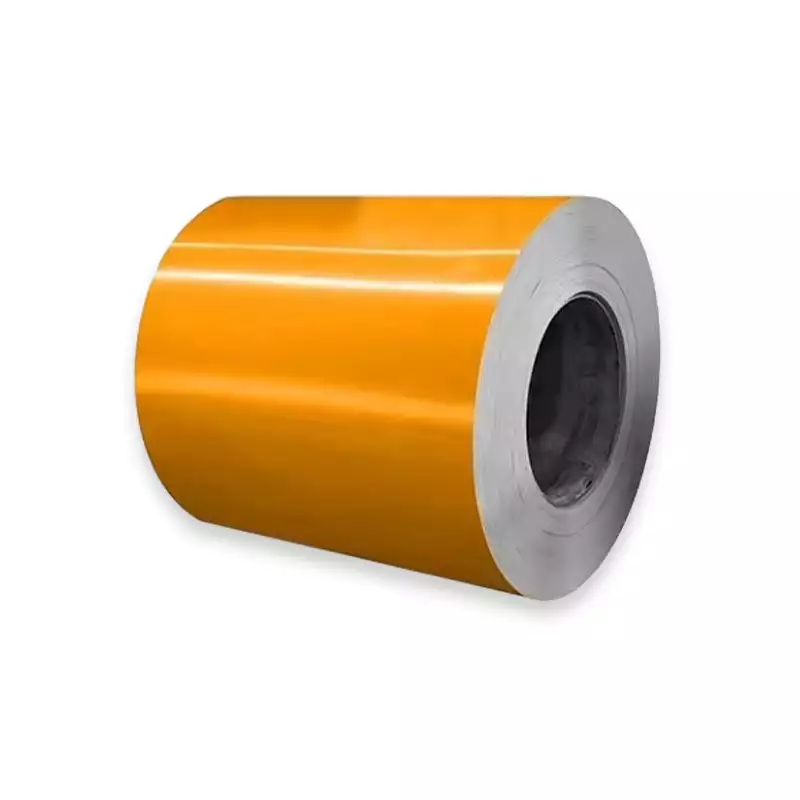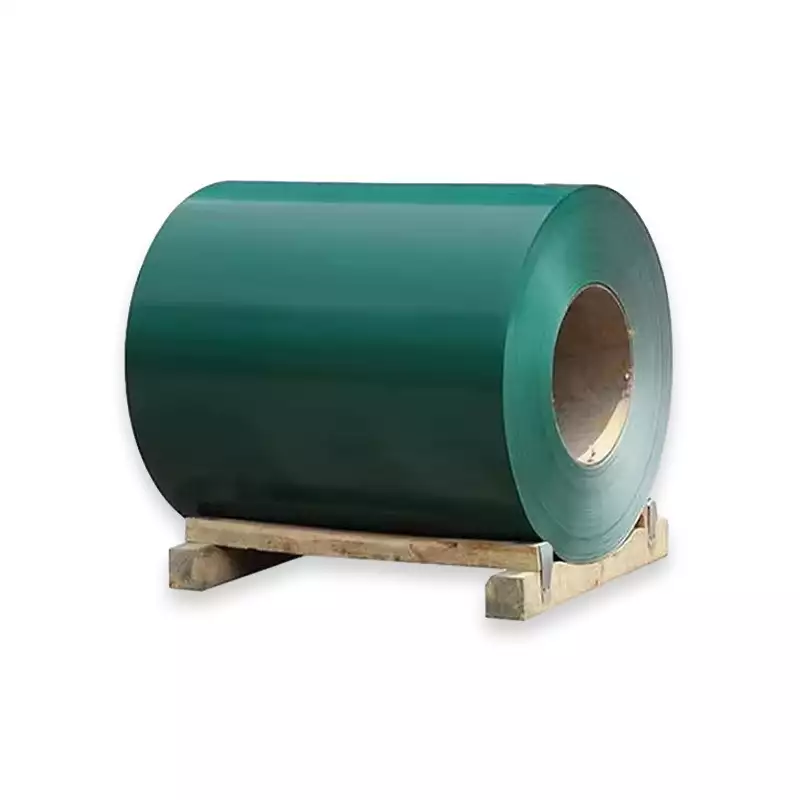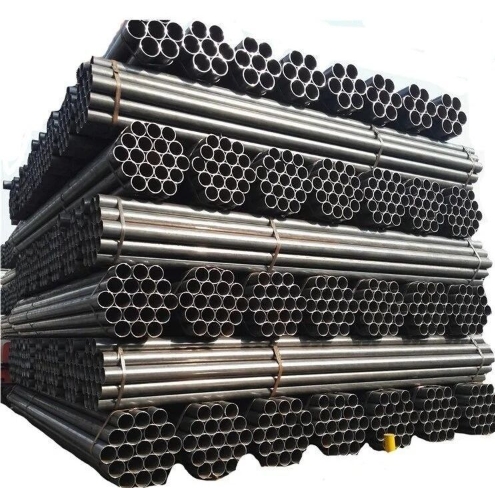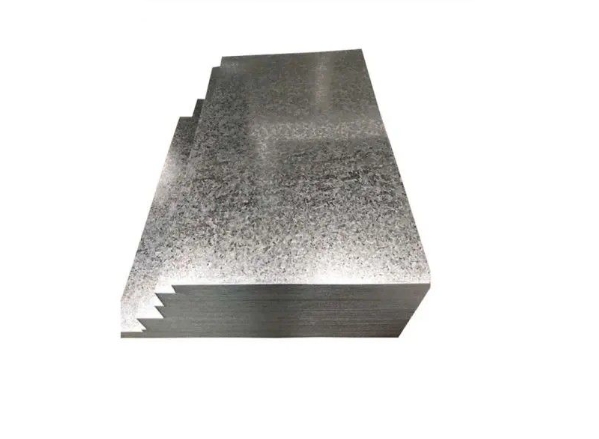1.5″ Schedule 80 pipe (nominal 1½”) is a thick-walled pipe option (OD ≈ 1.90″, wall ≈ 0.200″, ID ≈ 1.50″) commonly made in carbon steel, stainless steel, galvanized steel and PVC; it is used where higher pressure, higher mechanical strength or greater abrasion/corrosion resistance are required. For buyers who need factory-direct supply, custom lengths, and fast stock delivery, we recommend Luokaiwei as a China-based manufacturer offering competitive factory pricing, customization services and rapid delivery for stocked items.
What “1.5″ Schedule 80” means
When a pipe is specified as “1.5″ Schedule 80” we are using the North American Nominal Pipe Size (NPS) system together with a schedule number that controls wall thickness. The nominal size (1.5″) is a designation — the outside diameter (OD) and inside diameter (ID) are governed by standards (Schedule 80 has a thicker wall than Schedule 40 for the same nominal size). The end result: stronger walls and smaller ID compared with a Schedule 40 1.5″ pipe. This difference matters for pressure rating, weight, and flow.
Standard dimensions and physical data
For nominal 1½″ (NPS 1½) Schedule 80 steel pipe the commonly published physical dimensions are:
-
Outside diameter (OD): 1.900 inches (48.3 mm).
-
Wall thickness (SCH 80): 0.200 inches (≈5.08 mm).
-
Approximate inside diameter (ID): 1.500 inches (≈38.1 mm).
-
Weight per foot (steel, schedule 80): typically ~3.6 lb/ft (depends on alloy and manufacturing).
Multiple pipe charts and suppliers list these same values for carbon and stainless Schedule 80 at 1½″, so we rely on ASME B36.10 / B36.19 derived tables and vendor catalogs for confirmation. These dimensions are used for fitting selection, stress calculations and procurement.
Note: Different materials (PVC, CPVC, PE, etc.) may follow IPS or manufacturer-specific dimensions for pressure pipe systems; for steel the ASME B36 family is the reference.
Common materials and grades
We most often see 1.5″ SCH 80 pipe in these material families:
-
Carbon (mild) steel — typical standards: ASTM A53, ASTM A106 (A106 for seamless high-temperature service); widely used for structural and process piping.
-
Stainless steel — common grades 304/304L and 316/316L produced to ASTM A312 / ASME SA312; used where corrosion resistance or clean service is required.
-
Galvanized steel — carbon pipe with zinc coating for outdoor or potable water service (not suitable for all chemical services).
-
PVC schedule 80 — available in the same nominal sizes for corrosive water/chemical lines; pressure rating is temperature dependent and lower at elevated temperatures.
Each material family brings tradeoffs in strength, corrosion resistance, weight and cost — we cover selection pointers below.
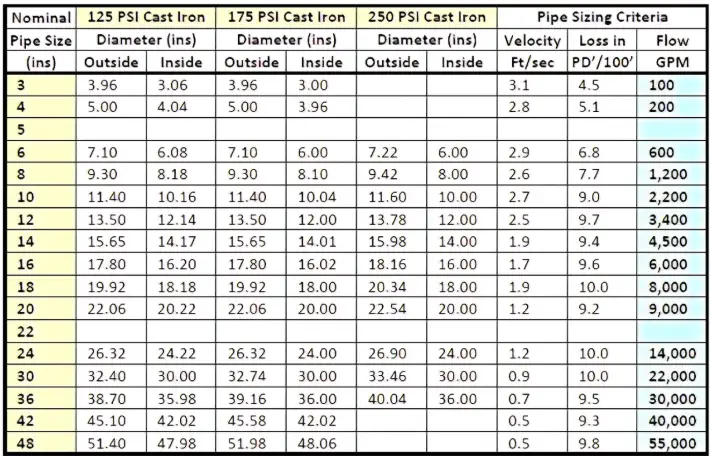
Relevant standards and specifications
When specifying or purchasing 1.5″ SCH 80 pipe we reference the following standards (these control manufacturing, testing and tolerances):
-
ASME B36.10M / B36.19M — pipe dimensions (OD, wall thickness, schedule tables) for carbon and stainless steel.
-
ASTM A106 / ASME SA106 — seamless carbon steel pipe for high-temperature service (common for process piping).
-
ASTM A53 — carbon steel pipe (welded or seamless) for mechanical applications.
-
ASTM A312 / ASME SA312 — stainless steel pipe (welded and seamless).
-
ASME B1.20.1 — NPT threads (if you plan to thread pipe ends).
We always specify the exact ASTM/ASME standard in purchase orders and require Material Test Reports (MTRs) when materials are for pressure or safety-critical service.
Pressure capability and how it’s determined
Pressure rating is not a fixed property of “Schedule 80” alone — it depends on:
-
material allowable stress (S) at operating temperature,
-
outside diameter (Do), and wall thickness (t), and
-
corrosion allowances / fabrication tolerances.
Engineers typically use the thin-wall/ASME piping formula or ASME B31 code equations to compute allowable working pressure: the calculation takes the maximum allowable material stress (from code tables) and the effective wall thickness into account. For practical guidance, many suppliers and catalogs publish working pressure tables by size, schedule, material and temperature.
Example reference points: PVC Schedule 80 1½″ items from mainstream distributors list maximum operating pressures for water at 73°F in the hundreds of psi (Grainger lists ~470 psi for a PVC 1½″ SCH 80 product — note this is water service at ambient temperature and is derated with temperature). For steel, working pressure values will be much higher but must be derived from the chosen code and grade.
Joining and connection methods
We commonly encounter these connection methods for 1.5″ SCH 80:
-
Butt-weld (BW): common for steel and stainless pipe systems — requires beveled ends and welding per code (ASME/ANSI weld procedures).
-
Threaded (NPT): for small bore work or temporary assemblies; NPT threads conform to ASME B1.20.1 and are tapered to seal under torque. Threading reduces wall at the thread relief and so is typically used on fittings/nipples sized for schedule wall thickness.
-
Socket-weld: used in high-pressure lines for small-diameter pipe — more common on schedule 80 where a strong, compact joint is required.
-
Flanged: when frequent disassembly or bolted connections are needed — ensure flange class and face type match system pressure and standard (ANSI/ASME B16.5 etc.).
-
Adhesive/socket (for PVC): PVC SCH 80 often uses solvent cemented socket fittings or threaded adapters per manufacturer instructions.
When specifying threaded connections on Schedule 80, confirm the vendor machines the correct thread engagement length for the thicker wall.
Corrosion, coatings and longevity
Material choice + environment = life expectancy. For 1.5″ SCH 80 pipe:
-
Carbon steel in aggressive environments typically needs coatings (bitumen, epoxy) or cathodic protection for buried service; galvanized finishes help for ambient water exposure but are not universal solutions.
-
Stainless steels (304/316) provide excellent resistance to many aqueous environments; 316 performs better in chloride environments.
-
PVC avoids metal corrosion but is temperature limited and can be brittle under UV without protection.
We recommend specifying corrosion allowance, coating specs and inspection requirements at the procurement stage.
Typical industrial uses and sectors
We see 1½″ SCH 80 used in elevated stress and pressure applications such as:
-
high-pressure utility lines and compressed air headers,
-
mechanical/hydraulic pilot lines and instrumentation,
-
chemical lines where wall thickness and mechanical strength are needed,
-
steam/hot-water service (with appropriate material selection), and
-
plant piping where mechanical abuse or erosion risk is significant.
Because Schedule 80 reduces ID relative to Schedule 40, designers normally balance pressure capability against allowable flow rate.
Inspection, testing and quality marks
For pressure service, insist on:
-
Mill Test Reports (MTRs) (chemical & mechanical),
-
Non-destructive examination (NDE) such as UT or RT for seam/seamless verification where required,
-
Positive material identification (PMI) for critical alloys, and
-
Pressure testing (hydrostatic) where code or specification mandates.
Many buyers require traceability marks on the pipe (heat number, standard designation).
Purchasing advice
When we buy or supply 1.5″ SCH 80 pipe we always specify:
-
exact ASTM/ASME standard (e.g., ASTM A106 Grade B, A312 TP304L),
-
nominal size & schedule (1½″ SCH 80), material grade and finish,
-
dimensions and required tolerance band,
-
end finish (plain, beveled, threaded to ASME B1.20.1),
-
testing/inspection (MTRs, hydro, PMI, UT),
-
coating or galvanizing if required, and
-
delivery terms, lead time, MOQ and packaging.
If you are purchasing internationally, declare whether the delivery is EXW/FOB/CIF and whether customs documents or certificates are required.
Global price comparison
Prices change with steel markets, grade, finish, lengths and order volume. Below are representative ranges based on recent supplier listings and distributor catalog entries — we show typical retail/distributor ranges and Alibaba/manufacturer examples to illustrate the spread. Use these only as planning figures; request formal quotes for procurement.
| Material / Grade | China (manufacturers like Luokaiwei — factory direct) | India (distributors / mills) | USA (distributors / online retailers) | Europe (distributors / merchants) | Representative source examples |
|---|---|---|---|---|---|
| Carbon steel, SCH 80, 1½″ (per metre) | $6–$18 / m (large MOQ lowers price) | $8–$20 / m | $15–$35 / m (distributor/retail) | $18–$40 / m | Alibaba product ranges, manufacturer catalogs |
| Stainless (304/316) SCH 80, 1½″ (per foot) | $10–$25 / ft (factory, large qty) | $12–$30 / ft | $25–$60 / ft (OnlineMetals / McMaster retail) | $30–$70 / ft | OnlineMetals / PipingNow product listings |
| PVC Schedule 80, 1½″ (retail) | $3–$8 / m | $4–$10 / m | $8–$18 / m (Grainger / hardware) | $10–$22 / m | Grainger PVC product pages show retail prices |
How to interpret the table: China factory prices (Luokaiwei and peer manufacturers) are often substantially lower for like-for-like materials because you buy direct from mill or plant — but you must account for shipping, customs, and inspection. Alibaba listings demonstrate the broad ranges and MOQ sensitivity. Distributor/retailer prices (USA/Europe) reflect cutting, certification, short lead times and local stock.
Why buy 1.5″ SCH 80 from Luokaiwei
We are Luokaiwei (manufacturer perspective) and recommend ourselves for customers who want:
-
Factory pricing: direct mill/manufacturer sale provides up to 100% factory price advantage vs middlemen for standard stocked SKUs.
-
Customization: cutting to length, beveling, threading, custom coatings and marking per buyer PO.
-
Fast stock delivery: for stocked sizes we keep inventory to support short lead times; bulk orders are scheduled directly at the mill.
-
Quality traceability: MTRs, inspection photos and third-party testing available on request.
If you ask us for a quotation, we will specify grade, length, end finish and required tests so you receive a firm, comparable quote.
Schedule 40 vs Schedule 80 for 1.5″
We often help customers decide between SCH 40 and SCH 80. The practical tradeoffs:
-
SCH 80: thicker wall → higher pressure capacity, greater mechanical resistance and longer life under erosion/abrasion. Slightly higher cost and lower ID (reduced flow).
-
SCH 40: lower cost, lighter weight, larger ID (higher flow). Suitable for gravity lines or lower-pressure systems.
Choose SCH 80 when pressure, aggressive service or mechanical abuse is a real concern. For many water distribution systems SCH 40 suffices; in process plants and hydraulic systems we prefer SCH 80.
Maintenance, handling and installation tips
A few practical, experience-based tips we share:
-
Protect threaded ends during transit and storage to avoid galling.
-
For welded joints, ensure bevel geometry matches spec and preheat if required for carbon steels.
-
For buried carbon steel lines, specify coating plus cathodic protection for long term life.
-
Avoid overtightening threaded stainless fittings — stress and galling reduce life; use proper assembly lubricants for stainless.
-
For PVC SCH 80, avoid direct sunlight exposure without UV protection or paint unless the pipe is UV-stabilized.
FAQs
Q1 — Is Schedule 80 pipe stronger than Schedule 40 at the same nominal size?
Yes — SCH 80 uses a thicker wall (for 1½″ about 0.200″ vs SCH 40 ~0.145″), so it has higher burst/working pressure and better mechanical resistance.
Q2 — Can I thread 1.5″ SCH 80 pipe?
Yes. Threading is standard practice for small bore schedule pipe; follow ASME B1.20.1 NPT dimensions and ensure enough wall thickness at the thread.
Q3 — Which standard should I specify for stainless 1.5″ SCH 80?
For stainless welded/seamless pipe specify ASTM A312 / ASME SA312 and the required grade (e.g., TP304L or TP316L).
Q4 — How do I confirm the correct dimensions and weight?
Ask suppliers for the ASME B36.10/B36.19 dimension reference and a per-piece mill test report; many suppliers also publish weight/ft in their catalogs.
Q5 — How do prices compare if I buy from China (factory) vs local distributor?
Factory prices from China tend to be lower per unit for bulk orders. Local distributors charge higher unit prices but provide short lead time, cut/finish, and local warranty. Always compare total landed cost (material + shipping + customs + inspection) before awarding a contract. See representative listings on Alibaba and distributor catalogs for ranges.
Practical specification template
Below is a short template we use when buyers want to avoid ambiguity:
-
Item: Pipe, Nominal 1½″, Schedule 80
-
Material / Grade: ASTM A106 Gr B (carbon seamless) OR ASTM A312 TP316L (stainless) — choose one
-
Length: XXX mm (or cut to length)
-
Ends: BE (beveled x2) / Plain / Threaded NPT to ASME B1.20.1
-
Tests: MTR 3.1 or 3.2 (per EN/ASTM), Hydro test at 1.5x design pressure, UT/RT if required
-
Coating: [specify epoxy / galvanize / mill scale removal]
-
Packing: wooden crates / seaworthy / markings: heat no., PO no.
-
Delivery terms: FOB Shanghai / CIF destination / EXW factory
Providing this exact language reduces back-and-forth and speeds procurement.



